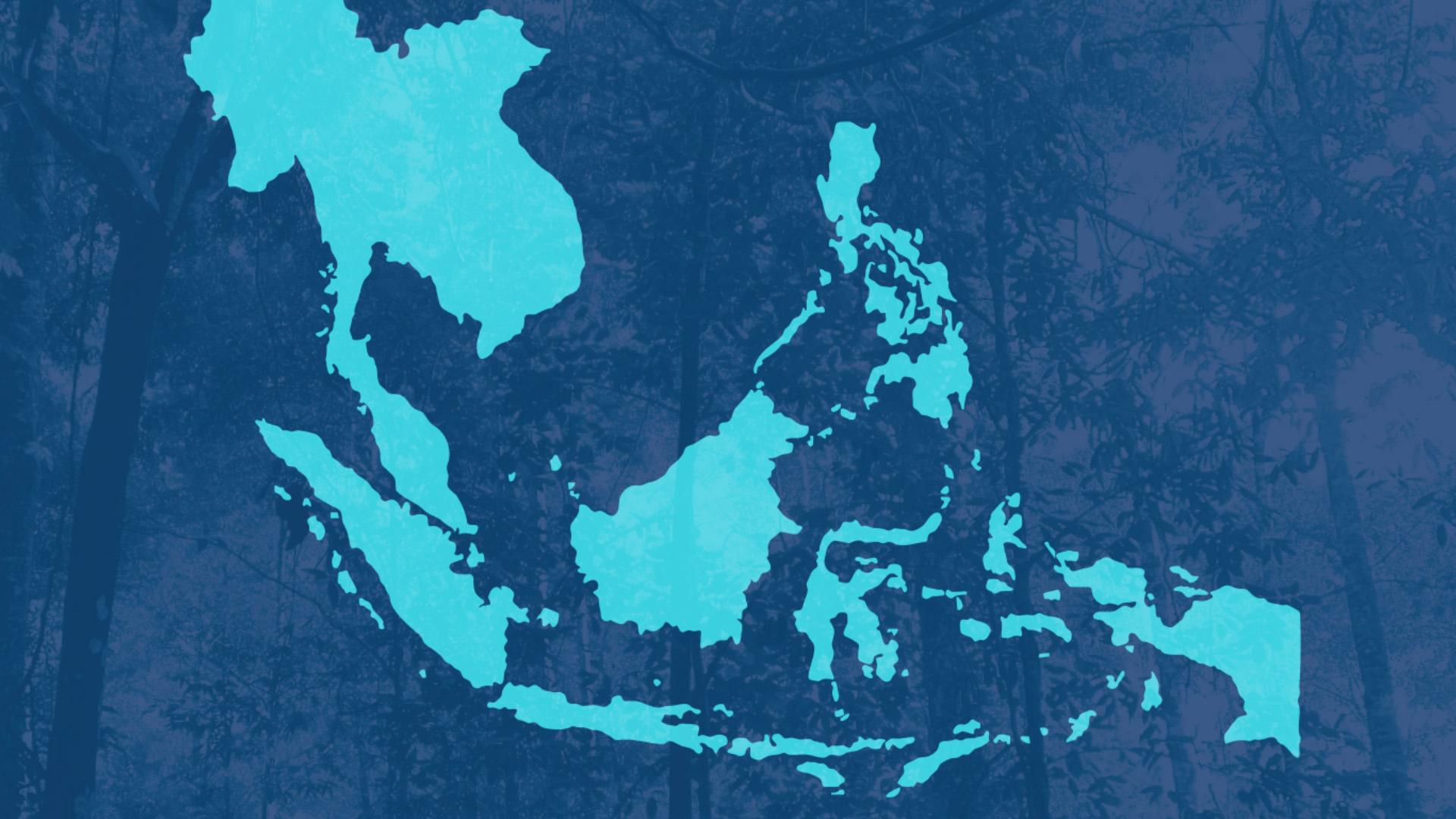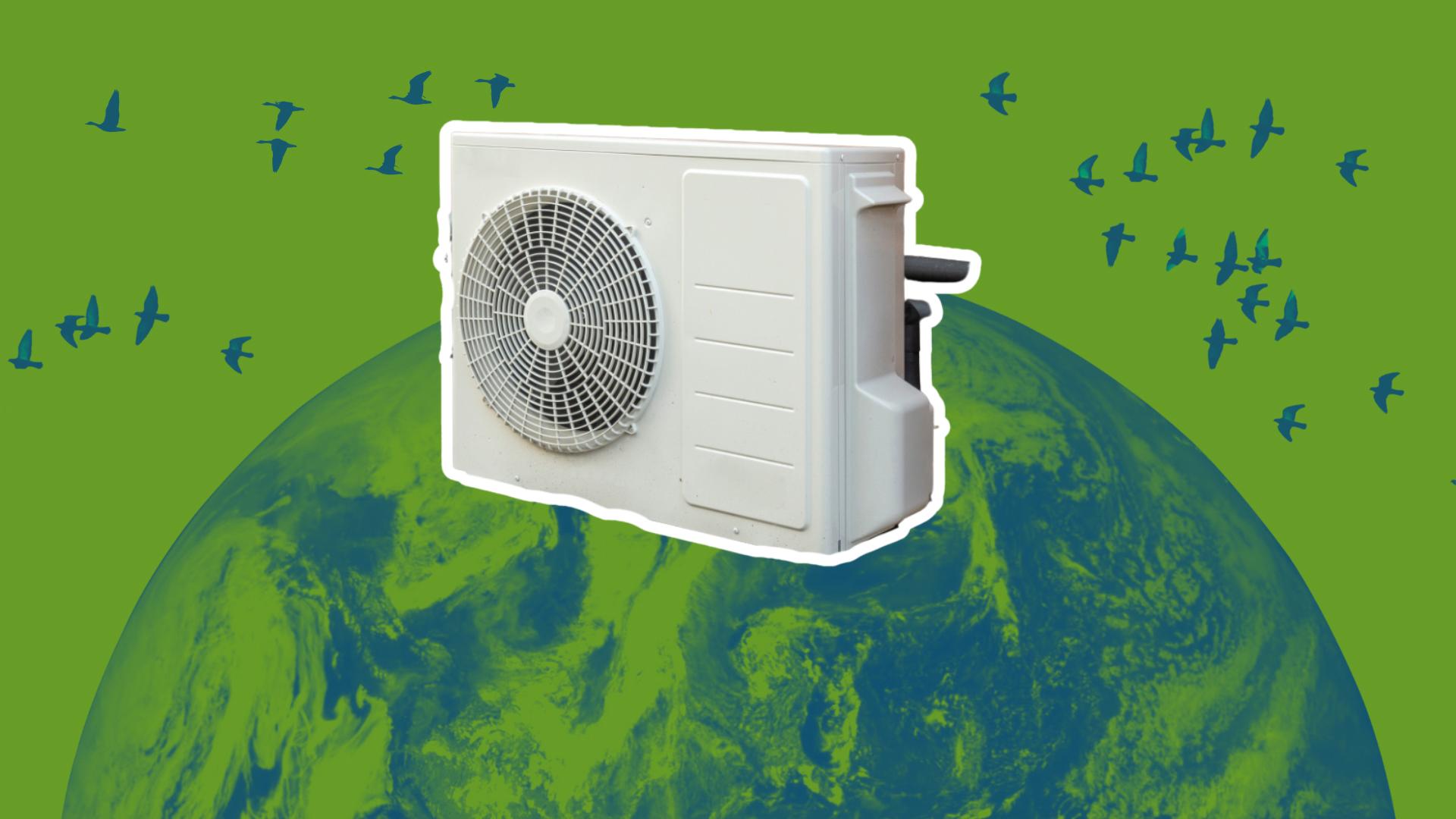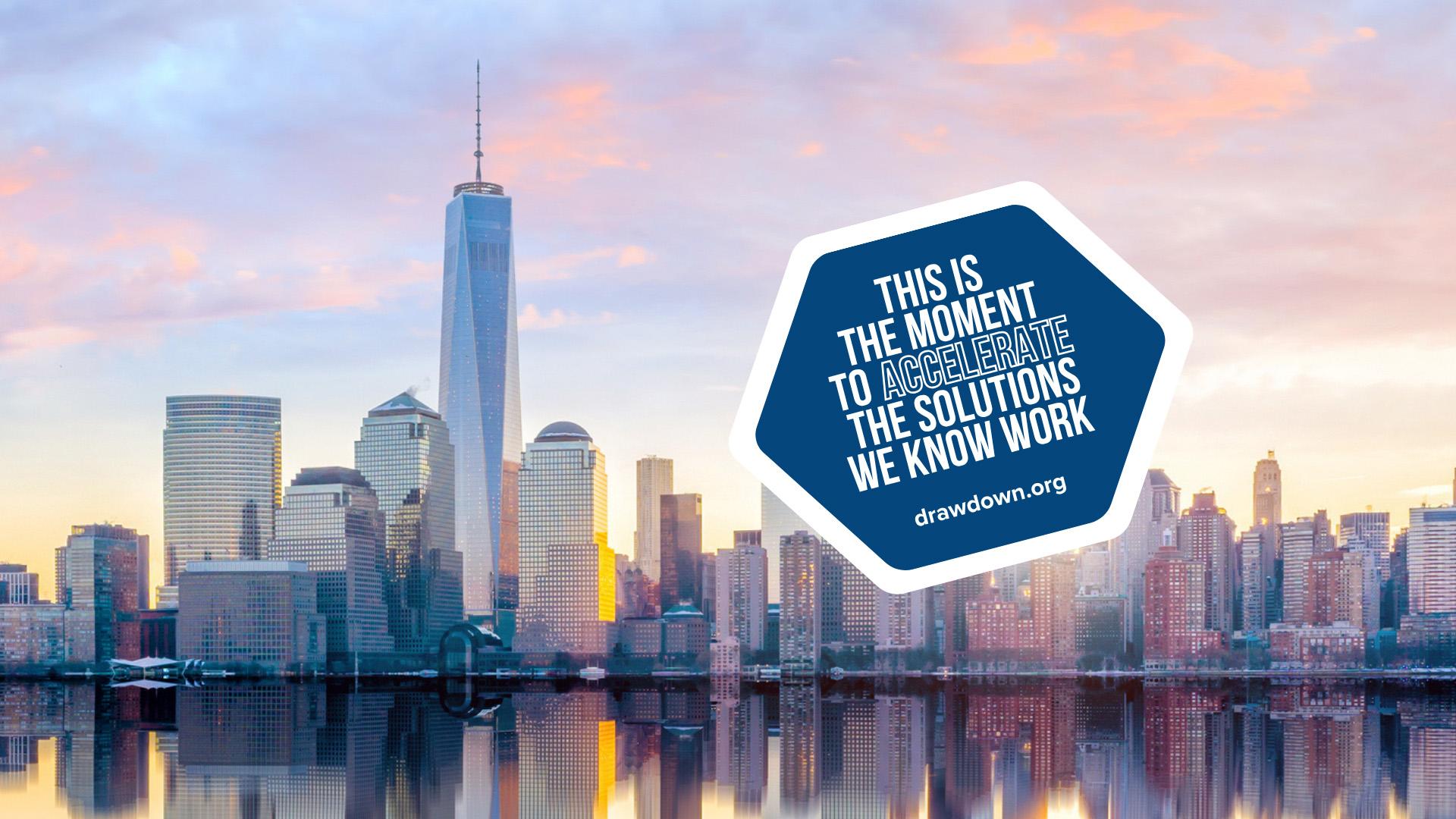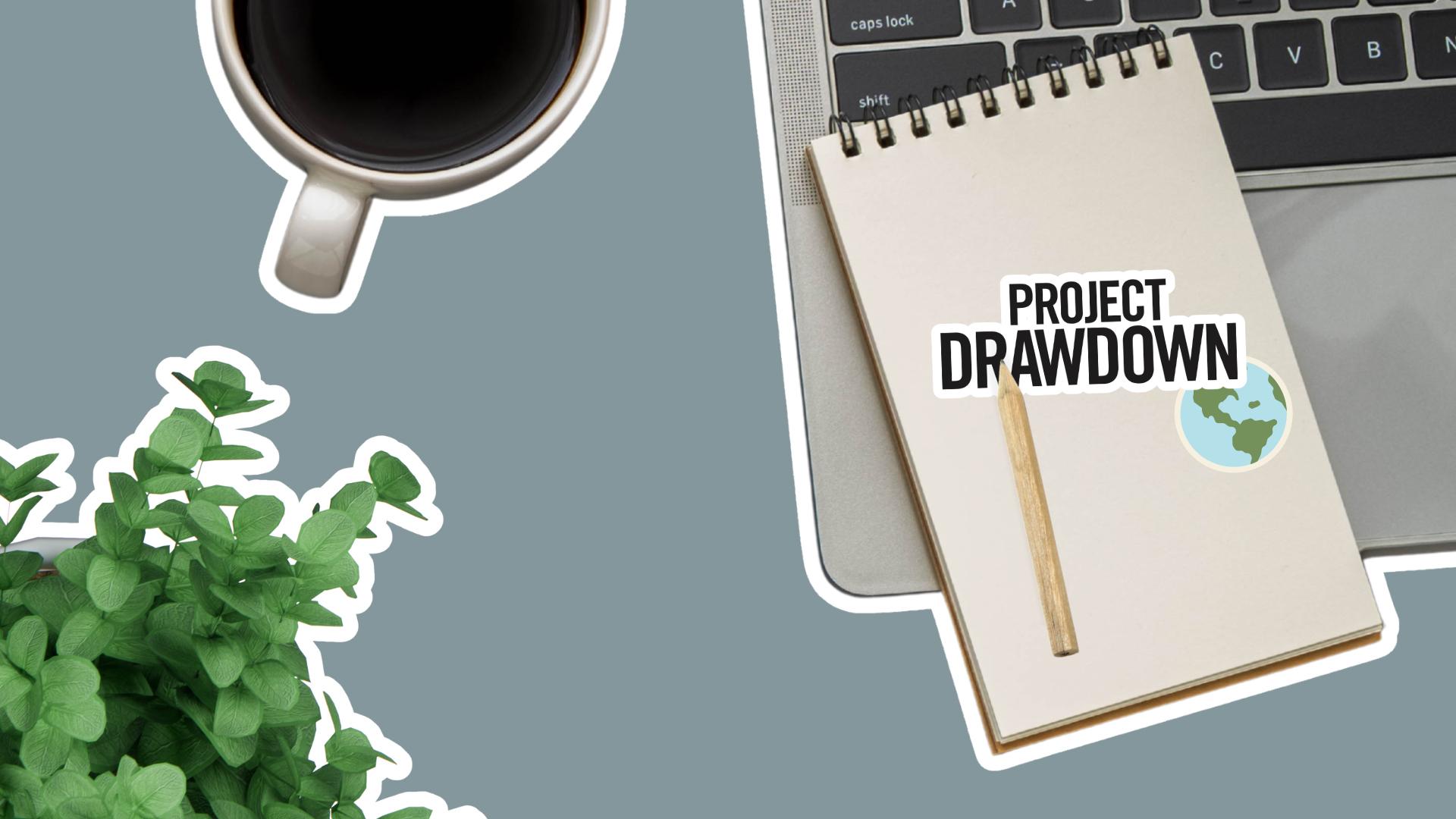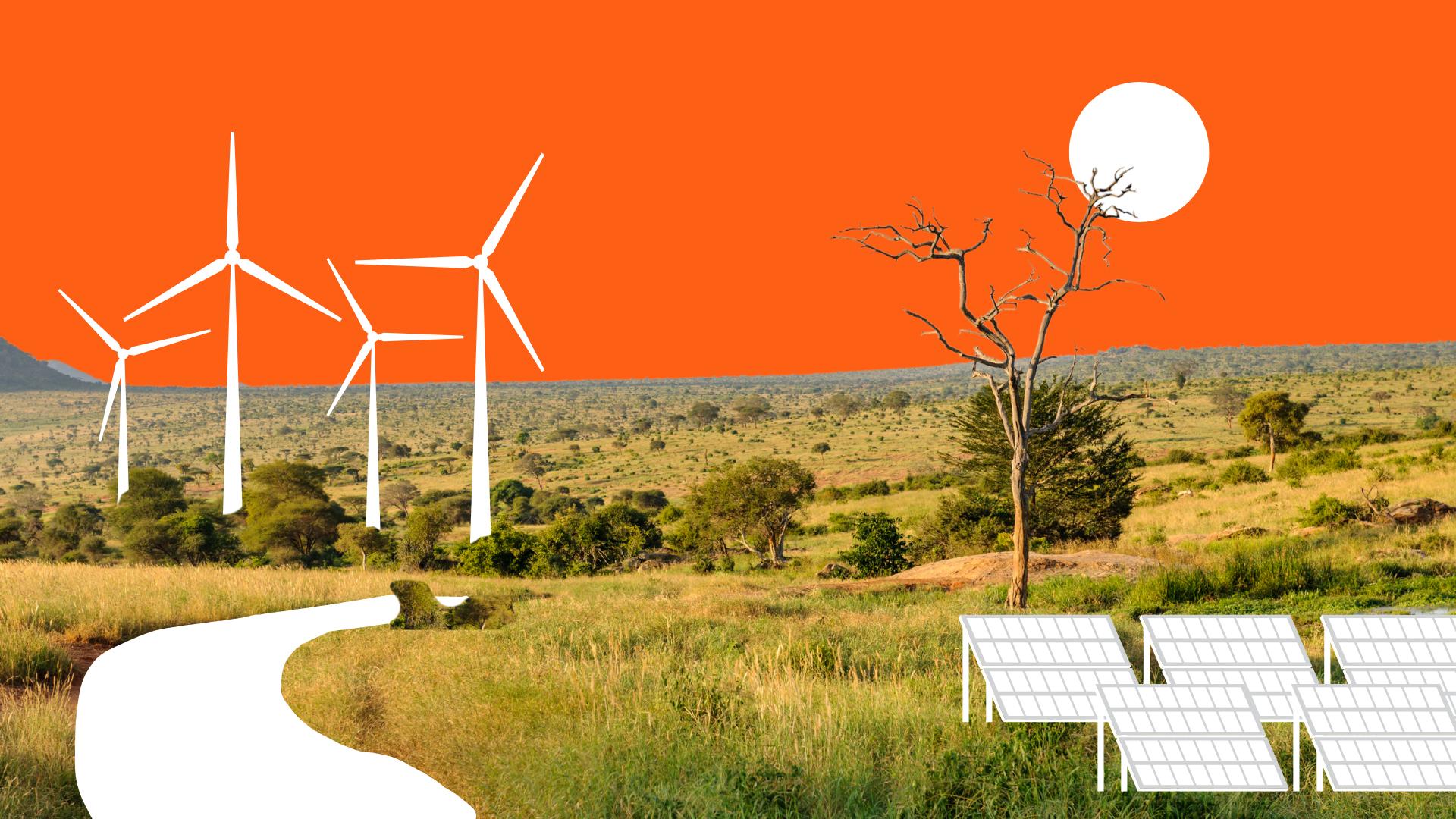Will corporations choose climate transformation or status quo?

Two years ago Mark Carney, then-head of the central bank of England, called into question the very existence of corporations that don’t adhere to the steep emissions reductions required to limit warming to 1.5°C: “Those that fail to adapt will cease to exist.”
Since then, the continuing rise of emissions has led to mounting pressure on companies—from employees, regulatory bodies and activist investors like the recent success of investor activism at ExxonMobil. Carney’s prophecy may soon be coming to pass. Is it possible for corporations to be part of the transformational change required, or will they remain complicit in the status quo?
You could be forgiven for thinking that business was already leading the way on climate. During the past four years of climate denial in the White House, attention shifted to corporations to carry the mantle of leadership. And since it was largely useless to engage with the Trump White House on climate policy, companies expressed their climate ambition through promises—signing pledges and making public commitments targeting a year in the future when they would finally stop pouring planet-warming gases into the atmosphere. These often followed a tired formula: “X company commits to achieving net-zero planet-warming emissions by y decades from now.”
But our atmosphere hasn’t seen returns on these promises: of the one-fifth of the world’s largest companies that have set a net zero target, the vast majority are nowhere near actually meeting them and very few have set interim targets to keep them honest. And while these lofty proclamations are being made— to great fanfare at international climate conferences—these same corporations are delaying and opposing climate action through side doors. Companies are pursuing emissions reductions in their sustainability teams, but their investments, lobbying activities, governance practices, trade associations, financed emissions, products and relentless focus on growth completely eclipse any incremental reduction in emissions.
Corporate emissions reductions pledges—however ambitious they may be for a particular company—completely miss the deeper issues that the climate crisis demands we grapple with, and only play at the edges of the revolutionary change we need. When the authors of the IPCC Report on 1.5°C of Global Warming called for “rapid, far-reaching and unprecedented changes,” this ambiguous “doing less bad” approach cannot be what they had in mind.
The rise of regulatory and investor pressure and employee activism, coupled with the climate ambition of the Biden-Harris administration provide a moment of truth for all those nice-sounding corporate climate commitments, and will give us an indication of which companies may survive the tumultuous decade ahead.
The companies left standing in the era of climate change will share some key characteristics that we need to recognize. Yes, they’ll account for their emissions—those they cause directly, those caused by use of their products, and those that they finance, all with limited reliance on offsets (read: you won’t see the words “net zero” anywhere in their language). But while engaging in this longer-term work, they will take immediate action today by leveraging their clout and trade associations to advocate for bold climate policy and regulation at the federal and state level, pushing for faster action within and outside their business interests. Their investments will support public goods projects and the scaling of equitable climate solutions. Their boards will be climate competent and their executive compensation will be tied to environmental and social outcomes.
Going forward, companies will survive in the era of climate change because they exist as intentional and engaged parts of the solution, serving a public good, and completely aligned with the parameters of a just climate future. They will exist as the culmination of thousands of individuals; employees, customers, and community members—working together with policymakers and society—to reimagine the huge swaths of our economy that are currently incompatible with the future we need.
This moment in human history calls for nothing less than transformation. Using solutions we already have in hand, we need to fundamentally shift the ways we grow and produce our food, warm our homes, move about from place to place, construct and power buildings, and relate to nature, our communities, and one another. This kind of change, and the urgency with which we need to pursue it, requires a symbiotic relationship between government, business, advocacy groups, communities, and individuals as collaborative agents of change.
We are on the cusp of a desperately needed moment of transformation in the United States. A moment that requires all parts of society to move together, completely aligned toward a shared goal: a just, thriving planet for all. Whether corporations will be dragged into this future through regulation, swallowed by the pressure, or use the full extent of their expansive resources to help bring it about has not yet been determined. But they’ll soon be forced to decide. Let’s see what they do.
This opinion piece was originally published by Fast Company on May 8, 2021. Jamie Beck Alexander is the director of Drawdown Labs at Project Drawdown.




